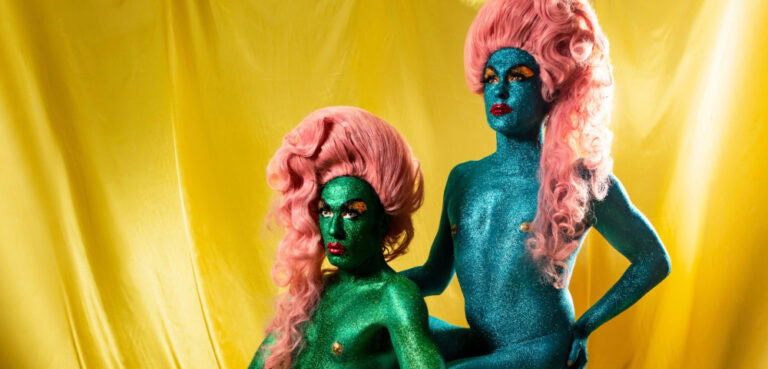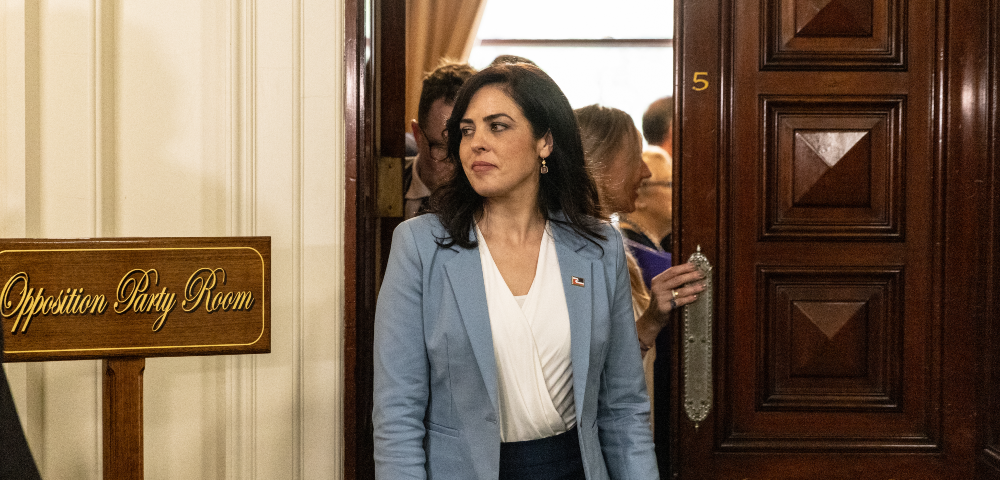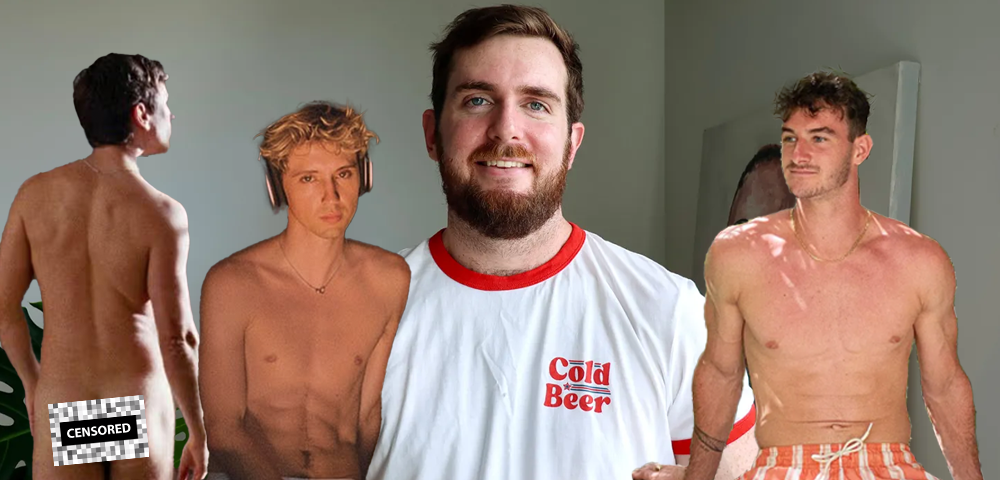
Same-sex info missing from Australian sex education in schools

HALF of Australian senior secondary students in years 10–12 are dissatisfied with sex education on offer in schools, and many believe there is a lack of discussion around same-sex attraction.
According to findings from the fifth National Survey of Australian Secondary Students and Sexual Health, LGBTI and queer issues were overwhelmingly identified by the 2000 participating students as the most commonly missing topic from sex education programs.
La Trobe University Professor Anne Mitchell is the report’s author, and told the Star Observer there was a concern a lack of inclusive sex education could have poor health outcomes for same-sex attracted and sex and gender diverse (SSASGD) students.
“They’re not getting the guidance and support to have safe sex, and that’s really important,” Mitchell said.
“If same-sex attracted kids don’t feel that sex ed is including them, they’re not really going to tune in on discussions around relationships, and they need that kind of advice and support as much as the heterosexual kids, obviously.”
Students also identified a lack of discussion around relationships and the emotional implications of sex as a concern, with too much focus on the biological. That too was seen by some as irrelevant to same-sex attracted students.
“I remember it being rather clinical, it seems like the only emotional side of things that was explored was ‘don’t force girls to have sex with you’, which doesn’t apply to me because I’m gay,” one student responded.
The survey is generally recognised as the most comprehensive research on Australian secondary students’ sexual behaviour, attitudes and health, and has been conducted by La Trobe University at regular intervals since 1992.
Mitchell said questions about attitudes to sex education had been included in the most recent survey for the first time, at the behest of policy makers, and the results will inform the ongoing review of the national curriculum on Health and Physical Education. She hoped this would provide further evidence for better
An early draft of the curriculum released last year was criticised by many LGBTI youth advocates for a lack of specific information on homophobic bullying and HIV.










Robyn Ziino, I’m afraid that just expecting schools to make sure that all students are included won’t happen unless you actually make a significant effort. Often, schools won’t know that they have LBGT students in their classes, and so might just teach to the hetero kids. That’s not good enough, particularly given what a high risk group LGBT youth are. School teaching isn’t miraculously inclusive because you tell it to be, you have to include and require the teaching of a significant amount of LGBT related stuff if it is actually going to get widely taught.
I was lucky enough to have LGBT friendly teachers during my time at Nambucca Heads High School that had sex education dedicated to same sex attraction, protection, identifying risks of HIV and AIDS and also having initiatives to stamp out homophobic bullying such as gay-straight alliances. I wish other schools had the same opportunity
Dianne, queer in the sense you’re using it, meaning odd or strange, is not the meaning of queer in the context of this article. Many individuals who do not fit into the common labels (heterosexual, homosexual, bisexual, intersex, trans) identify themselves as queer. This may include (but is not limited to) asexuals, pansexuals, etc. And some individuals who do fit into to common labels can also identify themselves as queer.
and queer issues? really that is the word you chose? i know it can mean strange and odd but during sexual health discussions things shouldn’t be portrayed as odd or strange (ie queer) there is no odd or strange with choices of positions fetishes or partners. they are simply a choice or desire of a person. everything is ok when it is between two consenting adults.
The Australian Curriculum, Assessment and Reporting Authority (ACARA) is committed to developing a high-quality and world class curriculum for all young Australians. As an independent authority, ACARA also promotes excellence and equity in education, regardless of sexuality, race or religion.
Therefore, the article titled, Same-Sex Info Missing From Australian Sex Education In Schools, which first appeared yesterday, needs further clarification to dispel any misconceptions your readers may have about the “…lack of discussion around same-sex attraction” in sex education”.
During the three year process it took to develop the curriculum for Health and Physical Education, ACARA consulted and received submissions from approximately 1000 individuals and groups nationwide. In fact, the feedback received from Lesbian, Gay, Bi-Sexual and Transgender groups informed the writing of the final Health and Physical Education curriculum.
The final curriculum, which is available on the Australian Curriculum website, includes an explicit reference to same-sex attracted and gender-diverse students.
The Health and Physical Education curriculum has addressed some of the issues raised in the National Survey of Australian Secondary Students and Sexual Health survey by including a strengths-based approach. This approach shifts the balance from a focus on risk factors, disease, ill-health, or inactivity and more towards building on personal and community assets that support and enhance health and wellbeing. It is a shift away from the deficit model where the intention is to “immunize” students against harmful or risky behaviours.
All school communities have a responsibility when implementing the Health and Physical Education curriculum to ensure that teaching is inclusive and relevant to the experiences of all students, including same-sex attracted, gender-diverse or intersex students.
The final curriculum, which is now available for use, can be viewed at http://www.australiancurriculum.edu.au/healthandphysicaleducation
Robyn Ziino
Director, Communications and Strategic Relations
Australian Curriculum, Assessment and Reporting Authority